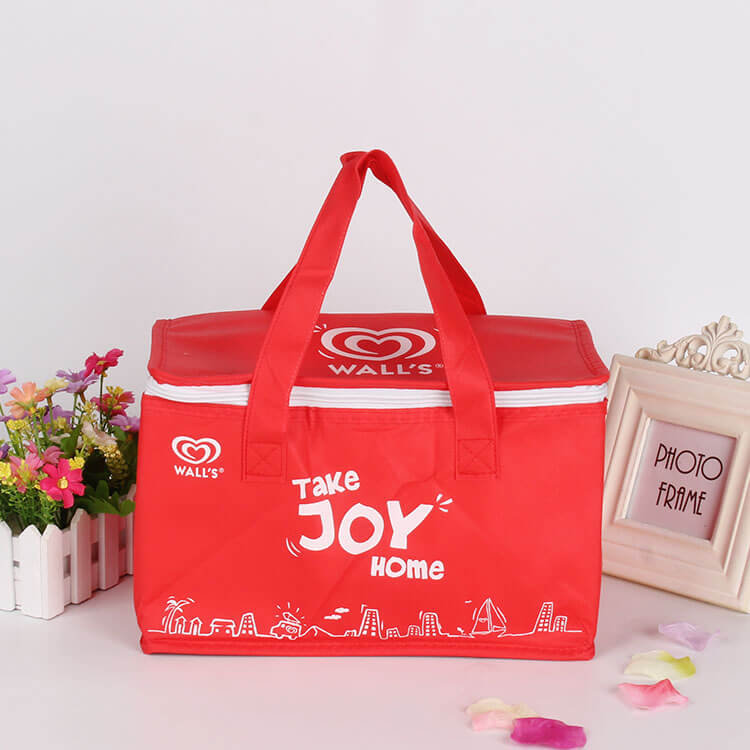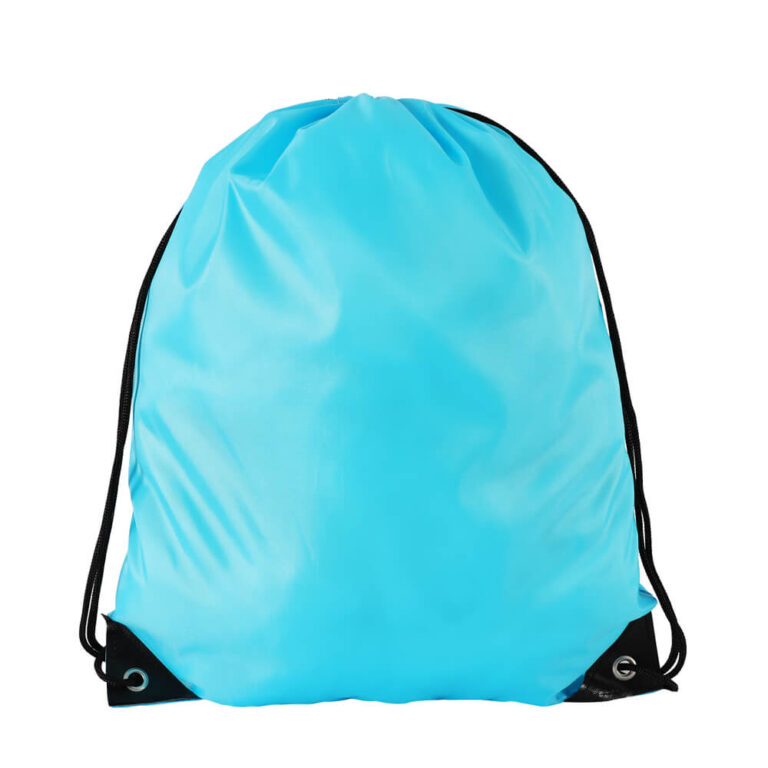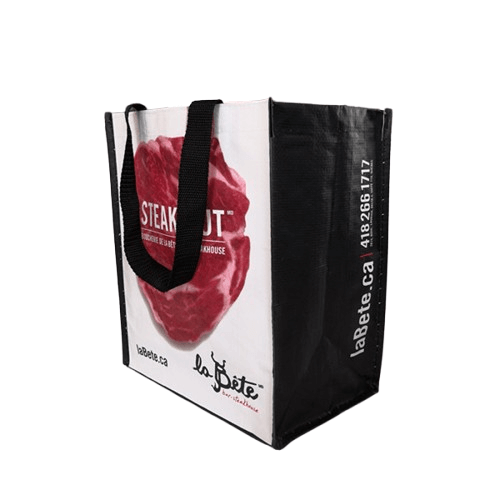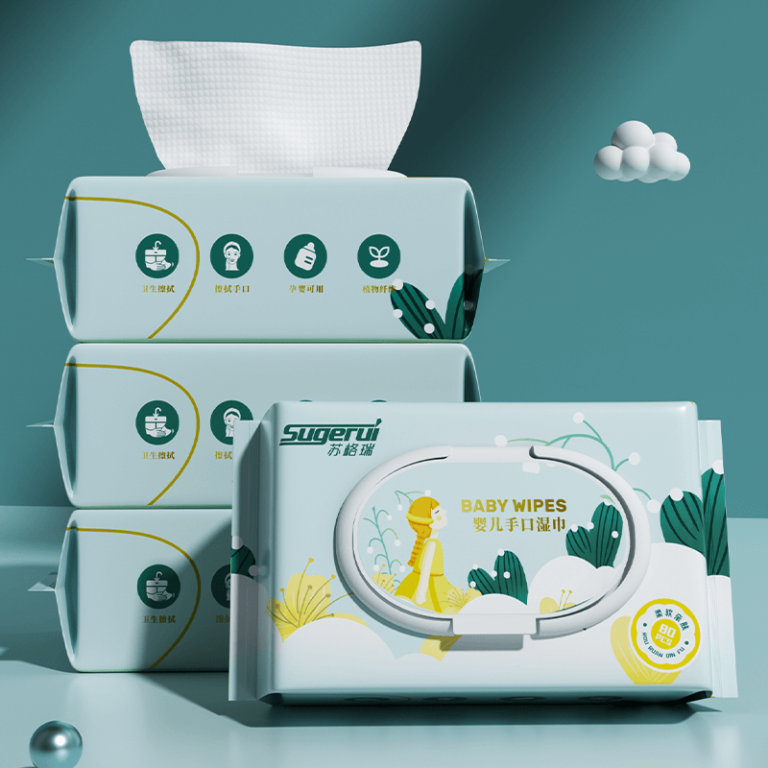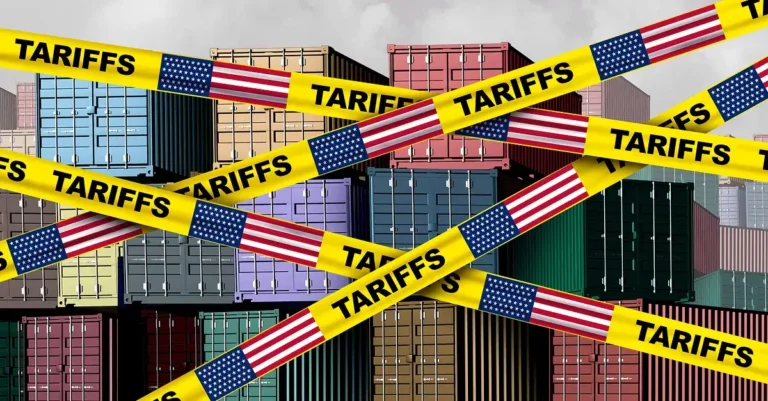A Comprehensive Guide to 5 Major Types of Non Woven Printing Techniques
Non woven fabrics are versatile materials widely used in industries like healthcare, agriculture, fashion, and packaging. Their durability, cost-effectiveness, and adaptability make them ideal for custom printing. Understanding the different non woven printing types ensures you select the best method for your project. Below, we explore five key techniques and their unique advantages.
1. Digital Printing
Digital printing is a modern, high-resolution method that uses inkjet technology. It’s perfect for intricate designs and small batches. Unlike traditional methods, it requires no screens or plates, reducing setup costs. This technique is eco-friendly, as it minimizes ink waste. Applications include promotional tote bags, medical packaging, and personalized apparel.
2. Screen Printing
Screen printing involves pressing ink through a mesh stencil. It’s ideal for bold, vibrant designs on large orders. Though less detailed than digital printing, it excels in longevity and color saturation. Common uses include reusable shopping bags, industrial labels, and branded merchandise.


3. Heat Transfer Printing
This method uses heat to transfer designs from a carrier paper to the non woven fabric. It’s cost-effective for medium runs and supports full-color graphics. Heat transfer printing is popular for creating items like medical gowns, decorative banners, and event-specific textiles.
4. Flexographic Printing
Flexographic printing employs flexible relief plates and fast-drying inks. It’s highly efficient for large-scale production, such as disposable medical products or agricultural covers. Its speed and consistency make it a go-to for industrial applications.
5. Rotary Printing
Rotary printing uses cylindrical screens for continuous patterns, making it ideal for high-volume orders like wallpaper, hygiene products, or automotive textiles. It ensures uniformity and is suitable for repetitive geometric or floral designs.
Choosing the Right non woven printing types
Your choice depends on factors like budget, order size, design complexity, and durability requirements. For example, digital printing suits small custom orders, while rotary printing excels in mass production.
Conclusion
From digital precision to rotary efficiency, each non woven printing type offers distinct benefits. By aligning your needs with these techniques, you can optimize quality, cost, and turnaround time. For businesses in healthcare, retail, or manufacturing, mastering these methods ensures your products stand out in competitive markets.

